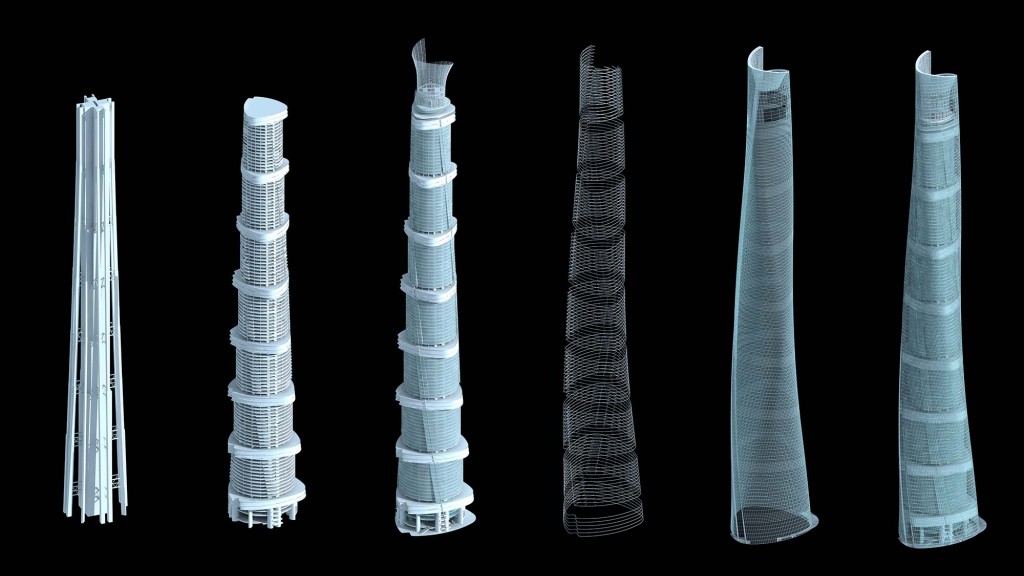Design strategies to maximize building envelope performance

THE CONTEXT
Historically, relaxed energy laws in the United States provided few limits in architectural expression, materials, and construction choices. More recently, green labels and a focus on energy optimization and savings have made it necessary for architects to better understand building science, mechanical systems, and envelope technology to ensure design endeavors comply with or exceed code.
Current efforts to optimize building performance often rely heavily on mechanical systems and energy usage. There is an opportunity for architects to more carefully consider building skin as a way to better integrate passive strategies. When properly implemented, such strategies can have a significant effect on overall building performance.
THE RESULTS
A high-performance building façade allows building envelopes and comfort systems to act in concert and is responsive to changing exterior and interior conditions. The role of high-performance skins is to protect the building from the elements, provide the occupants with fresh-air exchanges, collect solar energy through various technologies, harvest rainwater for cistern storage, heat water, and provide daylight and views to occupants while minimizing glare.
Passive strategies include low- or no-technology solutions such as the selection of a building site or orientation that contributes to the performance of a building. The early incorporation of passive strategies often mitigates the need for more active strategies that are usually more reliant on technology and building systems. Active strategies can also be considered on a shorter-term basis— building technology can be changed as it becomes obsolete or newer strategies come to market; passive strategies tend to be more permanent and represent investments across the building’s life cycle.
WHAT THIS MEANS
Maximize occupant shelter and comfort. In many cases, passive design can deliver a more pleasant environment (natural ventilation is more comfortable than forced-air systems) while also increasing energy efficiency and reducing life-cycle costs.
Design with the least amount of technology and systems necessary. This better aligns investment with long-term performance and sustainability goals, and saves money in the short run.
Consider passive design early. Designers need to ask new questions at critical points in the project process. Clear reference tools can promote discussions around façade and system strategies with consultants and clients. Informed discussions lead to energy-efficient buildings that can more readily meet, and exceed, stringent codes and regulations.
Use skin as a standard. Human skin reacts to environmental conditions, opening or closing to manage internal environment and using evaporation to reject heat.
WHAT’S NEXT?
Looking to the future of building façades, much of the industry expects continued developments in glass technology to create increasingly high-performance single-skin façades that will better address issues such as heat gain, insulation, solar performance, and energy generation (via integrated photovoltaic panels that also provide shading, as an example). Presently, these systems are not able to attain the same levels of performance achieved through multilayered building skin systems (such as those Gensler is using on the Shanghai Tower or The Tower at PNC Plaza).
TEAM
Olivier Sommerhalder, Sanjeev Tankha, Robert Garlipp, Shira Zur
YEAR COMPLETED
2011

No hay comentarios:
Publicar un comentario